TikTok but for K-dramas: ByteDance backs Soonshot to boost its bite-sized dramas with AI

AI is breathing new life into K-dramas. Soonshot, a Singapore-based app that bills itself as the world’s first international short-form K-drama platform, has partnered with BytePlus, the technology provider and enterprise arm of ByteDance, to launch an AI-powered mobile app that delivers one- to two-minute “snackable” K-drama episodes on Sep 22. Soonshot uses BytePlus’s toolkit […]
Global PR firm We. Communications lays off staff in S’pore, suspends benefits & bonuses

Global public relations (PR) firm We. Communications has laid off an undisclosed number of staff in its Singapore office. According to sources cited by The Business Times, the cuts spanned multiple departments and roles, with the creative team bearing the brunt—losing about half its headcount. Other affected teams included digital, PR and communications, operations, and special […]
4 highlights at SDEC 2025 that M’sian entrepreneurs & talents can’t afford to miss this Oct

[This is a sponsored article with Sidec.] It’s that time of the year again, folks. Over the past nine years, Selangor has steadily established itself as a key driver of Malaysia’s digital economy. Through consistent investments in innovation, talent, and entrepreneurship, the state has become a hub for SMEs and global tech players. In a […]
JJ Lin, David Neo celebrate artists with disabilities at Kiat Lim-Shaping Hearts Award ceremony
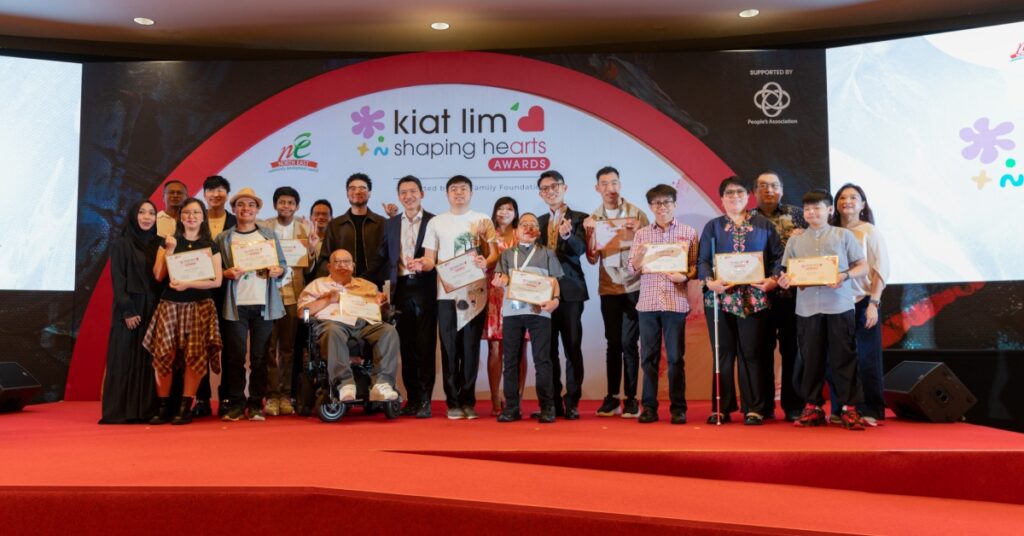
The North East Community Development Council (NE CDC) presented the inaugural Kiat Lim–Shaping Hearts Award yesterday (Sep 25) at The Fullerton Hotel Singapore. The event, graced by David Neo, Acting Minister for Culture, Community and Youth, honoured 83 persons with disabilities (PwDs) with art scholarships, bursaries, and early intervention grants to support their artistic development. […]
To help solve the issue of seniors dying alone, these S’poreans created a simple, tech solution

[This is a sponsored article with the Singapore Government Partnerships Office.] Behind the walls of a modest flat in Queenstown, a man in his sixties died alone. For days, neighbours at Block 49, Stirling Road, dismissed the lingering smell as trivial. It wasn’t until the stench became unbearable and repeated knocks went unanswered that residents called […]
From S$2/day, this AI tutor gives S’pore students 24/7 math help — now has 1K+ users

Mathematics has long been one of the toughest subjects for students to grasp. When Samuel Swee used to teach at a secondary school, he often noticed students hunched over their math homework during school assemblies, struggling to complete exercises they didn’t fully understand. Some even messaged him late at night for help. Although math wasn’t […]
I began working at 12 — and I believe students should take on more internships, and earlier
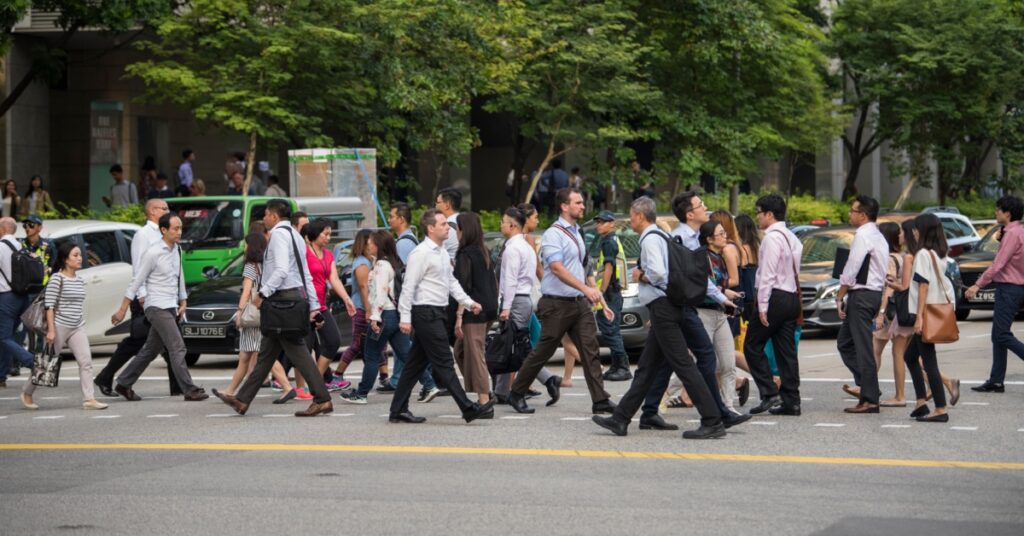
Youths should be more willing to take up internships to learn essential skills, says our columnist Disclaimer: Opinions expressed below belong solely to the author. I came across an opinion piece published on Channel NewsAsia today, where the author laments the fact that Singaporean students feel the pressure to collect work experience before, as she […]
Just how bad is Singapore MRT this year? We have the numbers.

MRT had multiple breakdowns in Sept 2025, but the bigger picture tells a different story Disclaimer: Unless otherwise stated, any opinions expressed below belong solely to the author. Data sourced from official sources. Singapore’s public transit system isn’t having a good month after several disruptions in Sept alone caused lengthy delays in service, especially on […]
He brought an Aussie gym chain to S’pore—3 yrs in, it’s grown to 13 outlets
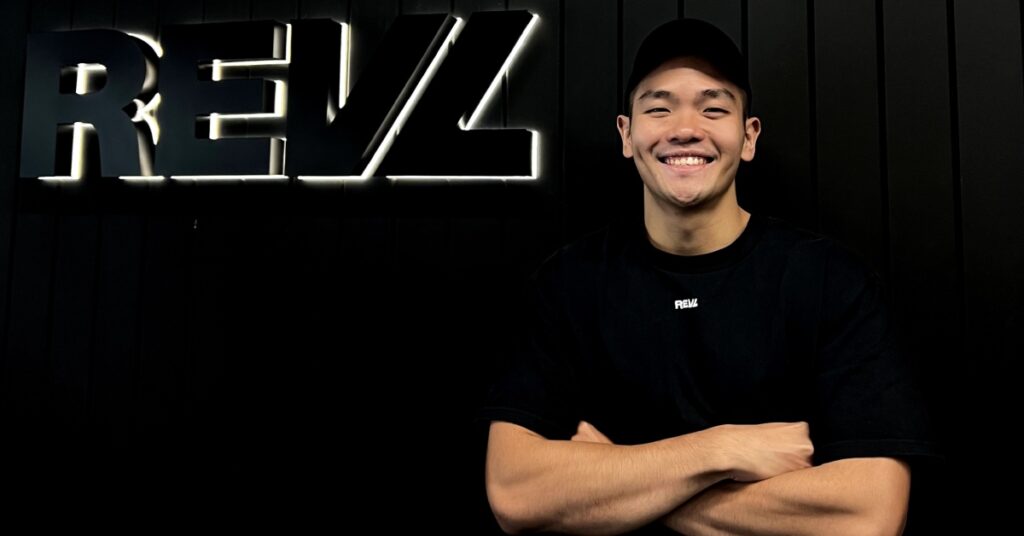
REVL Singapore is banking on community-driven fitness to stand out in the crowded wellness scene Singapore’s fitness scene has experienced significant growth over the past couple of years—it’s even projected to generate US$185 million in revenue this year. From international gym chains and spin studios to CrossFit gyms and boutique concepts, the market has only […]
Singapore salary benchmarks: 40Y/O Singaporeans can make S$10,000+ per month in every industry

Opportunities for the top performers can be found everywhere. But there’s a catch. Disclaimer: Unless otherwise stated, any opinions expressed below belong solely to the author. Data sourced from the Ministry of Manpower. When reviewing public data on employment and salaries, we’re often talking about averages but very rarely about the ceilings or, in other […]
Your complete step-by-step guide to starting a Home-Based Business in Singapore
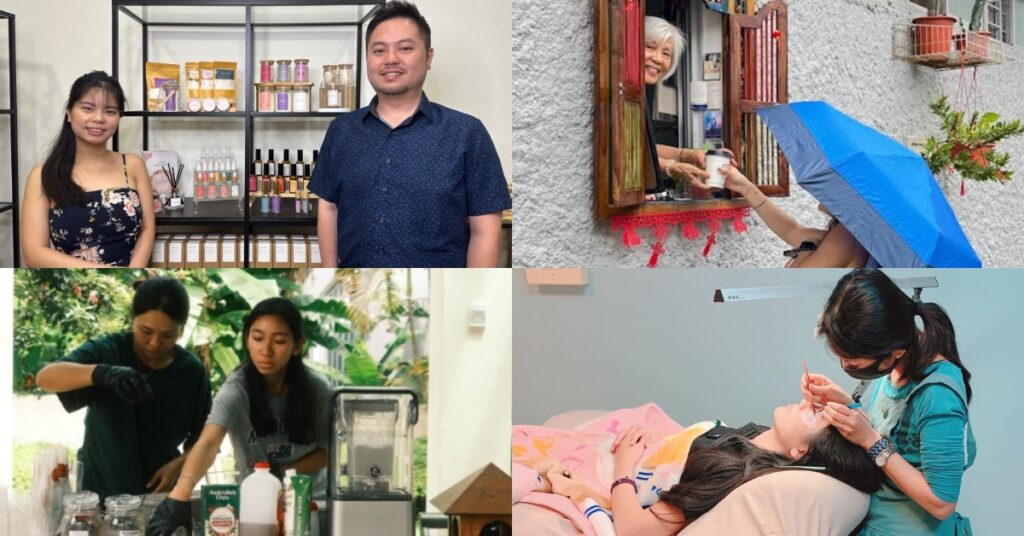
Here’s how you can start a Home-Based Business in Singapore Just scroll through the news, and it’s clear: home-based businesses (HBB) are everywhere. Home kitchens are doubling as bakeries, spare rooms are turning into scent studios, and living rooms are becoming offices. After all, these HBBs are a good way for budding entrepreneurs to dip […]
How M’sians can see Osaka’s best sights without overspending, thanks to this hotel brand

[This is a sponsored article with Doyanen Hotels.] If you were to ask one of 36.9 million people where they went for a vacation last year, your answer would be Japan. And setting aside the fact that I’m a writer for Vulcan Post for a second, I would’ve 100% been right there with them. Not […]
Going digital can be easy. Here’s how Unifi Business’ IMPAK BIZ programme can help your SME.

[This is a sponsored article with Unifi Business.] There’s an old saying that feels especially relevant for today’s business owners: “The bamboo that bends is stronger than the oak that resists.” And if you run a micro, small, or medium enterprise (MSME) in Malaysia, you know what it feels like to bend under pressure, especially […]
From Korean farms to S’pore tables in 72 hrs: How this biz delivers fruit in peak freshness
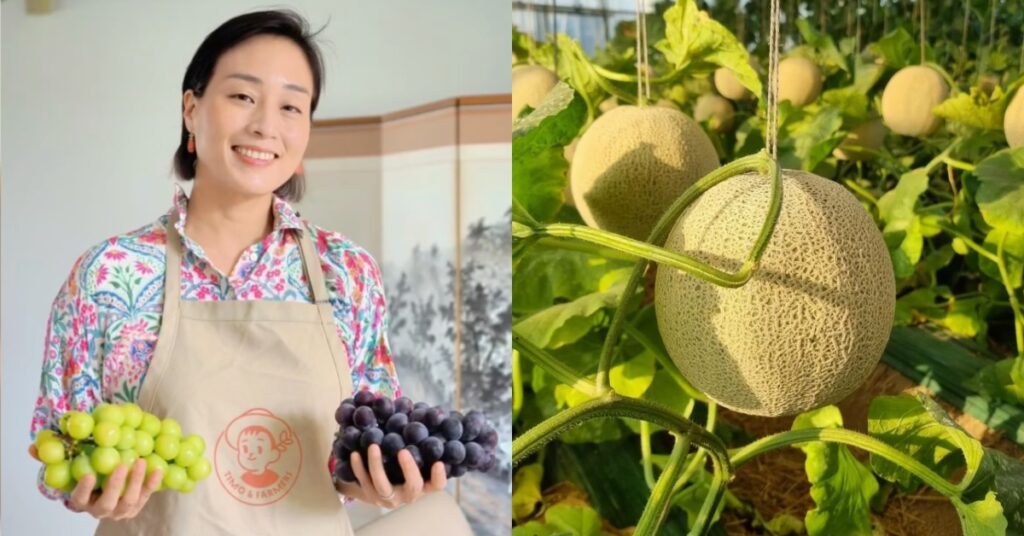
When Martine Shin moved from South Korea to Singapore four years ago, she was struck by how underwhelming supermarket fruits often were—sometimes overripe, sometimes unripe, and always a gamble when it came to taste. That was when she discovered that around 90% of the nation’s food is imported. Long and infrequent journeys, multiple middlemen, and […]
Rising costs, shrinking paycheques: As inflation outpaces wages, S’pore workers want to be paid weekly
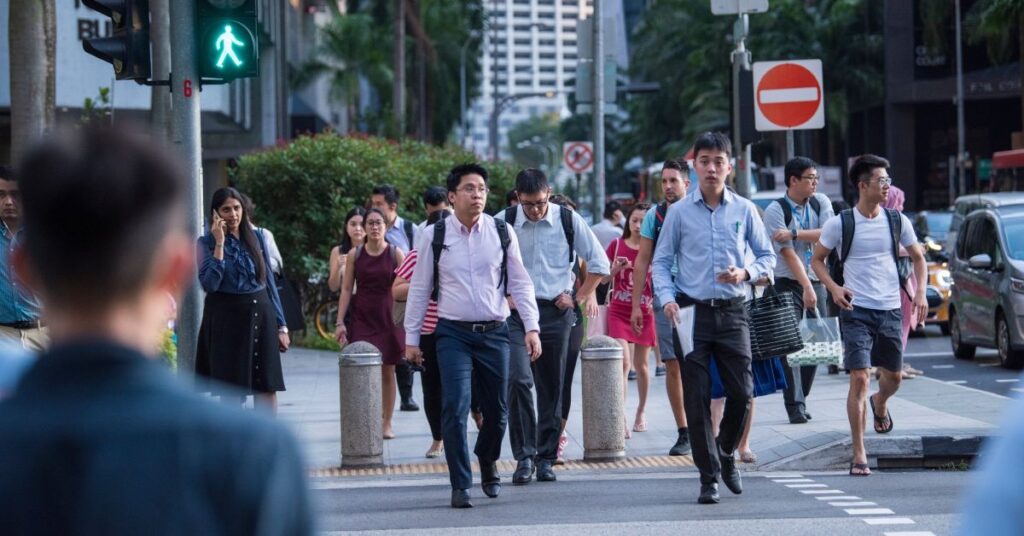
More Singaporeans want to be paid more often as they grapple with financial hardship When Hillary Chan, a 24-year-old fresh graduate, received her first paycheck, she felt on top of the world. But by the third week of the month, the money seemed to evaporate—transport, meals, and a weekend or two out with friends had drained […]
Who’s hiring? Official data on Singapore’s vacancies in 31 industries: Finance up, IT down

Ministry of Manpower has released data on job vacancies in Singapore with a breakdown by industry Disclaimer: Unless otherwise stated, any opinions expressed below belong solely to the author. Alongside its quarterly labour market update, the Ministry of Manpower released the latest data on job vacancies in Singapore, with a breakdown by industry, providing insights […]
Inside the playbook that took Nasty Cookie from home bakery to 7 stores and S$5M revenue
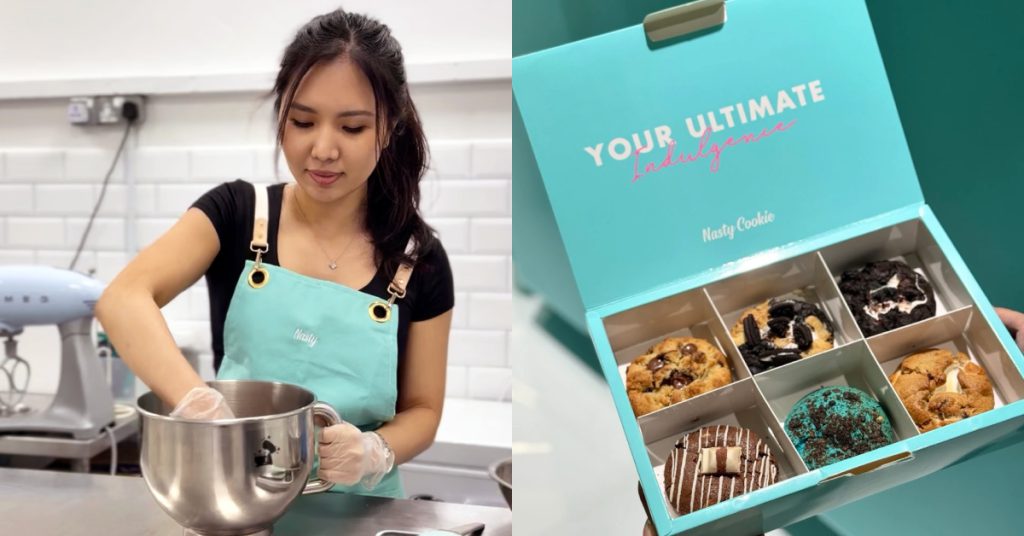
Nasty Cookie was founded in 2018 by a 21-year-old bodybuilder as a side hustle, now it’s grown to a multimillion dollar biz Singapore isn’t short of cookie shops. From Subway to Famous Amos, the market has long been saturated with options. But in 2018, Regine Sum, then 21 years old, thought that there was room […]
She couldn’t find a circus troupe to join in S’pore. So she built one herself.

Meet Beverly Wan, the 28-year-old co-founder of Singapore’s first acrobatic circus As kids, we sometimes get inspired by our favourite cartoon characters and dream about becoming the next Kung Fu master, spy, or the best water bender. For Beverly Wan, it was Ty Lee from the Nickelodeon animation series, Avatar: The Last Airbender, who was […]
Can household handyman services be a subscription service? This M’sian startup believes so.
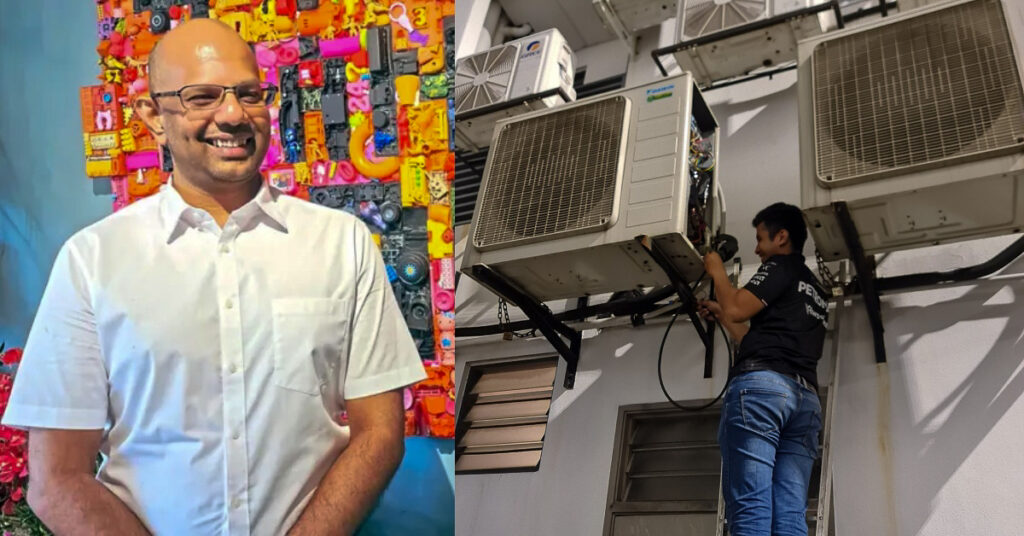
Handibee provides handyman services at a subscription model Ever tried hunting down a reliable handyman in Malaysia? If you have, you probably know the drill—endless calls, vague quotes, flaky appointments, and that sinking feeling of not knowing if the job will be done right. It’s frustrating, to say the least. Experiencing this gap firsthand, Mohamed […]
Soy scraps to steak? This startup wants to make alt-meat as cheap as chicken.

Mottainai’s new product Jiro Meat is made with okara, a byproduct of soy milk production Most of us toss out food scraps without a second thought. But for Singapore startup Mottainai Food Tech, waste is the starting point for its next food innovation. For every 1,000 litres of soymilk produced, about 250kg of okara is generated—a […]
This M’sian chef redefines tradition at his Michelin-selected KL restaurant
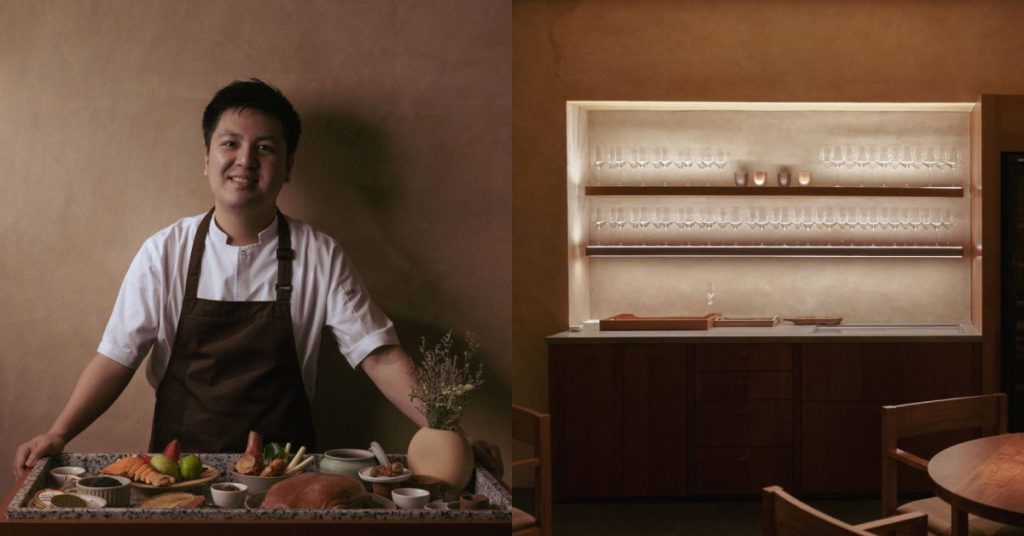
Terra Dining was included in the 2025 Michelin Guide, recognised for its inventive take on Malaysian cuisine Fine dining is often seen as a performance of excess—white tablecloths, whispered service, and food that feels more foreign than familiar. But for Chong Yu Cheng—better known as Chef YC, it’s a platform for reinterpretation, where he can […]
Agoda layoffs: NTUC & employees union ‘appalled,’ MOM launches investigation
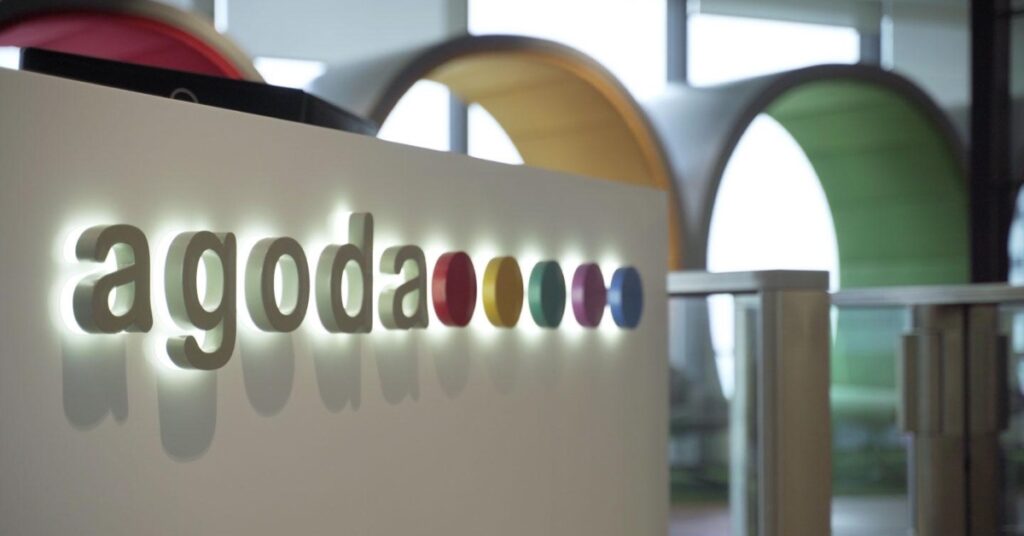
NTUC, SISEU offer assistance to affected employees, MOM to investigate Agoda allegations The National Trades Union Congress (NTUC) and Singapore Industrial and Services Employees’ Union (SISEU) are “appalled” at allegations that Agoda warned retrenched employees not to report issues to trade unions or government authorities. The online travel agency has cut staff across its global operations, […]
MOM tries to help young S’poreans, lists 4,270 vacancies paying up to S$5,000 to fresh graduates

Ministry of Manpower has released a list of available PMET jobs for fresh graduates Disclaimer: Unless otherwise stated, any opinions expressed below belong solely to the author. Data sourced from Singapore’s Ministry of Manpower. While the vast majority of university graduates in Singapore find a permanent job within six months of leaving their schools, hundreds […]
Agoda lays off 50 staff in S’pore, denies threatening severance if cases reported to MOM or unions
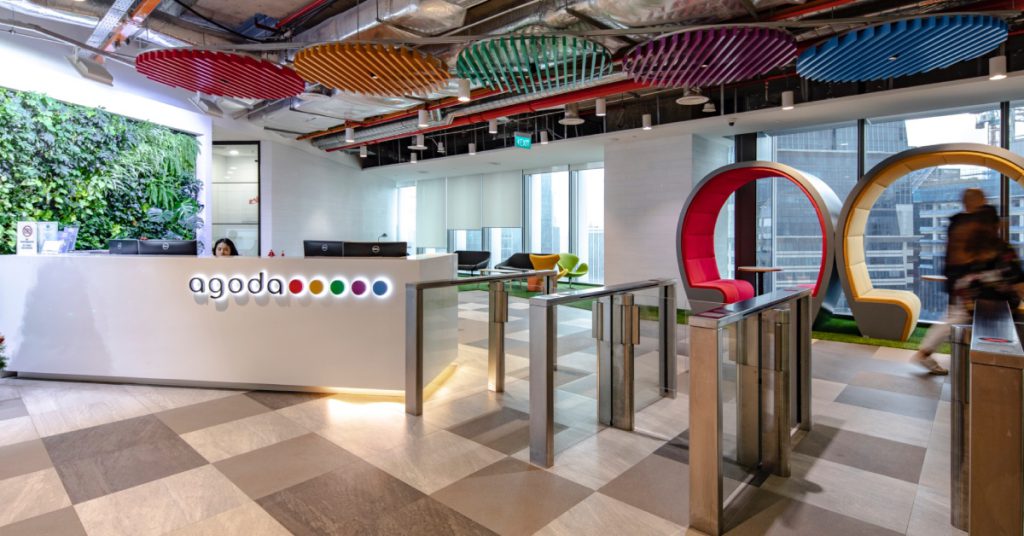
Internal memo alleges that Agoda threatened retrenched employees against reporting to government agencies and unions Update: Agoda has refuted allegations that employees were warned against reporting the retrenchments to government agencies or unions. The company stated that impacted employees were “given every support throughout the transition process in line with industry standards.” Online travel agency Agoda has […]
MOM: Average salary in Singapore rises to S$6,434, marks highest six-month growth on record
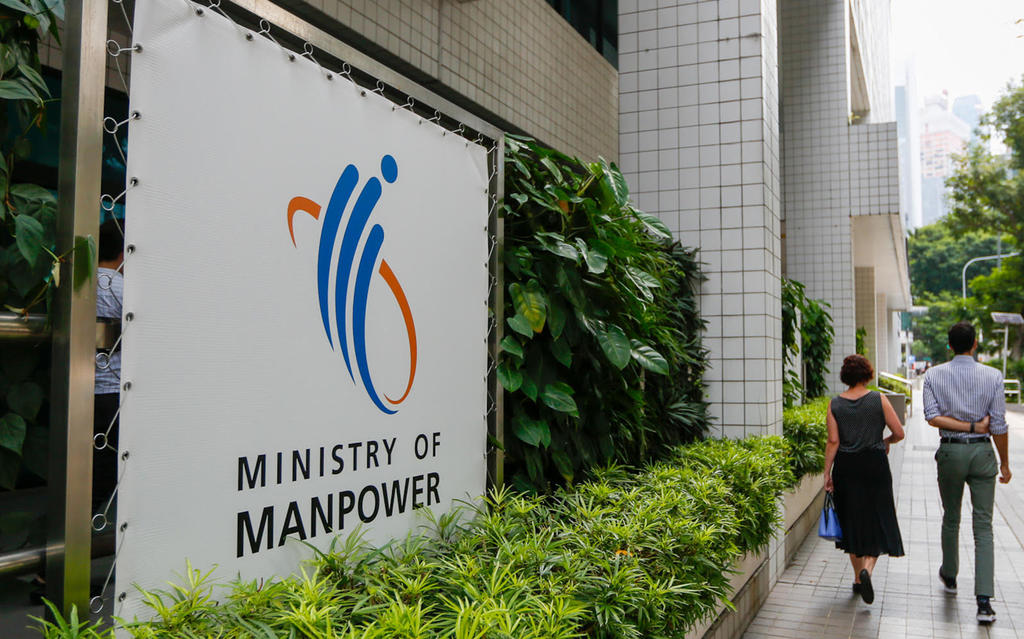
Disclaimer: Unless otherwise stated, any opinions expressed below belong solely to the author. Data sourced from Singapore’s Ministry of Manpower. The Ministry of Manpower has updated its quarterly average income figures for the Singapore labour market. Crucially, it is the mean, not the median, so the figure is slightly higher, as it is skewed by […]
NUS Enterprise unveils new labs, expands S$150M VC programme to accelerate S’pore startup growth
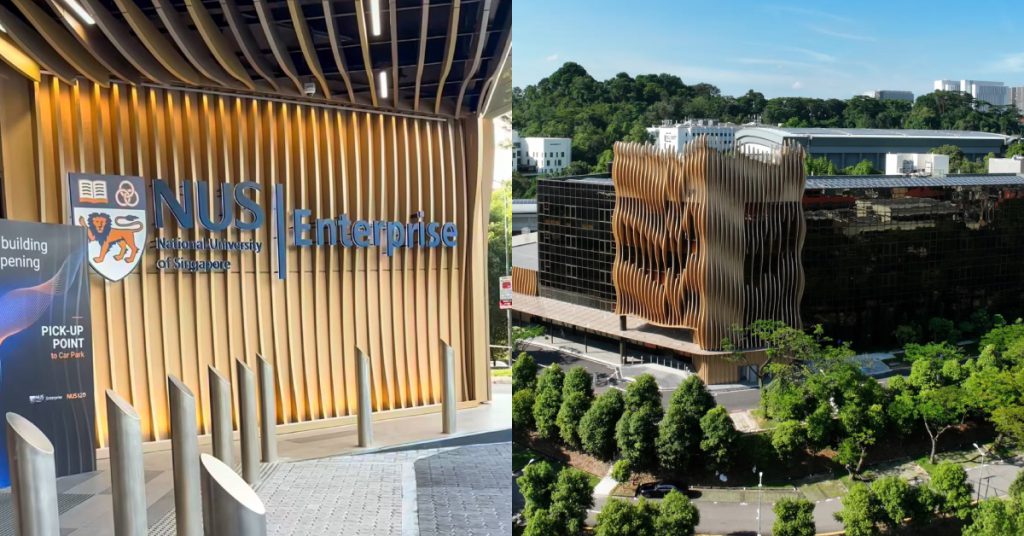
New NUS i³ building to house collaborative spaces, incubation facilities, and offices for NUS-affiliated startups NUS Enterprise has launched a series of fresh initiatives to strengthen local innovation and support startups in Singapore. It is rolling out new facilities, international education programmes, and strategic partnerships aimed at building a stronger deep tech ecosystem while expanding […]
Harvard prof says boredom is your brain’s hidden superpower—here’s why you need more of it
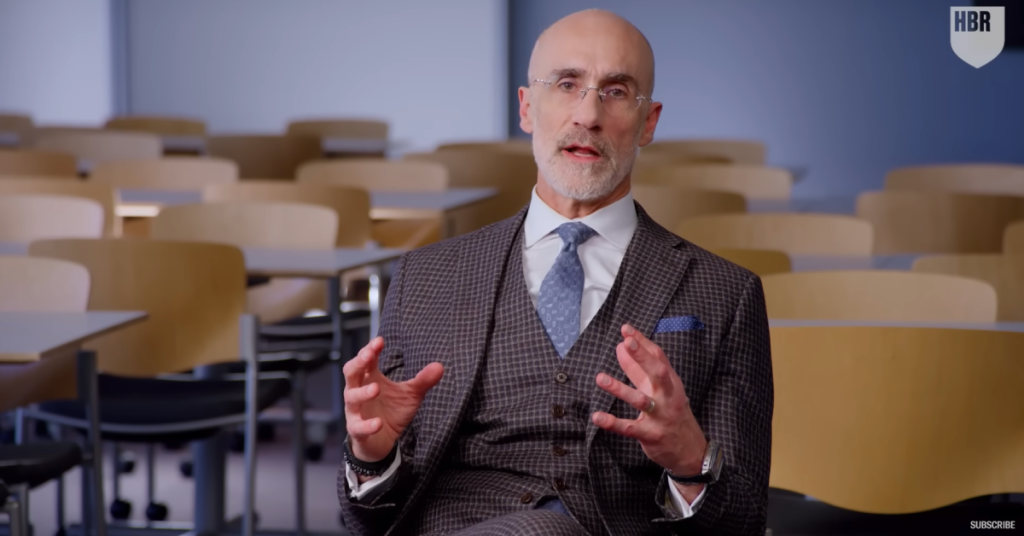
Being bored is actually a good thing: Harvard Professor Arthur Charles Brooks Be honest—when was the last time you were really bored? Not scrolling TikTok while waiting for your Grab order, not half-watching Netflix with your phone in hand, but actually sitting there with nothing to do. Chances are, you can’t remember. And you’re not […]
80% of S’pore F&B businesses are losing money. The “lucky” ones only make 5 to 7% profits.
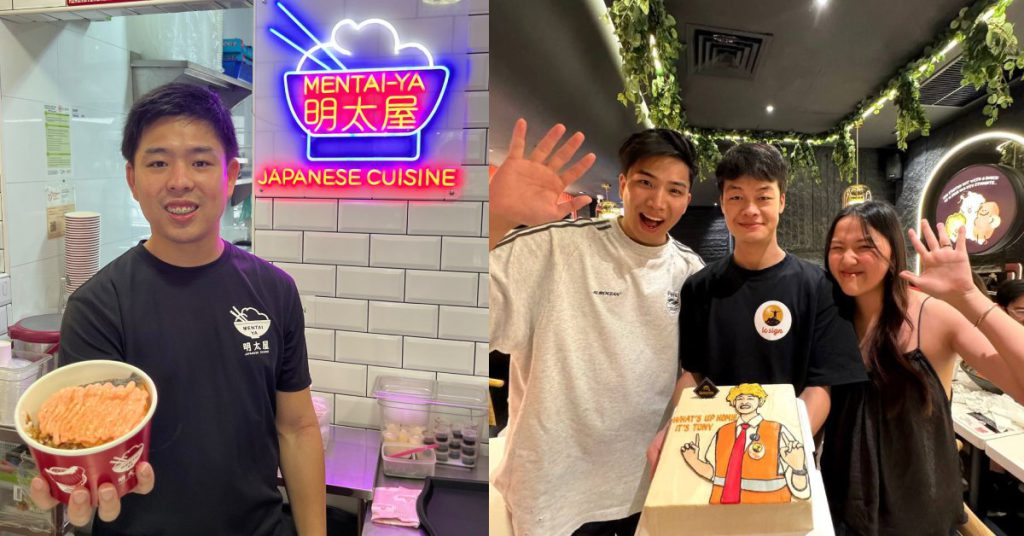
The F&B industry in Singapore operates on razor-thin profit margins Earning a great living while sharing their love for food are the most common drivers for someone to start an F&B business. However, for Singaporean chef-owner Bjorn Shen, making a big buck out of it is impossible, with most businesses failing to survive beyond the […]
Concept Grading proves that trading cards aren’t just child’s play—they’re serious business
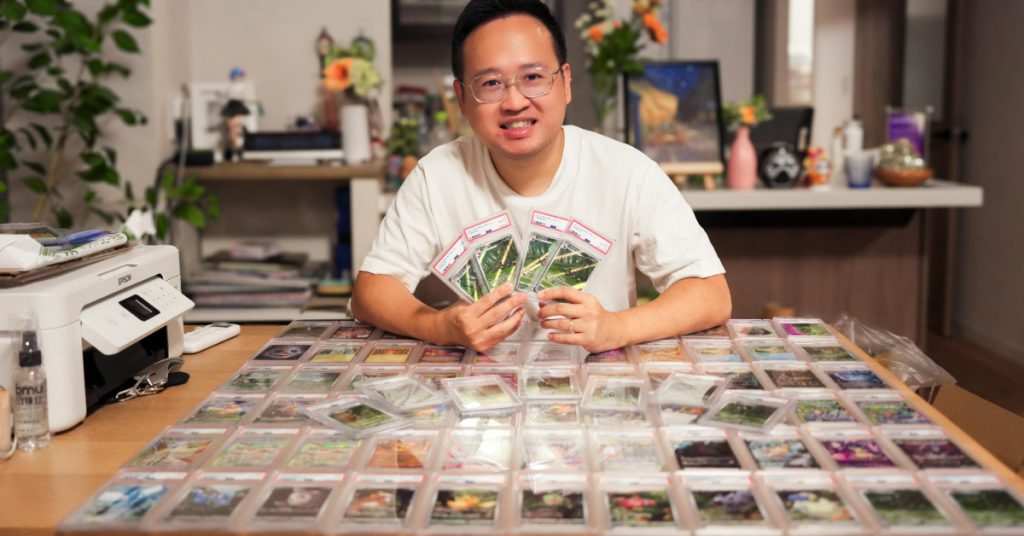
Concept Grading partners with collectors and retailers to simplify trading card grading across Singapore and Asia Back in primary school, Shi Wei used to love collecting Pokémon cards—not just for their vibrant artwork, but also for the thrill of beating friends in battles. Like many others, he eventually outgrew the hobby, leaving the cards tucked […]
“More than conceivable” that US could lose global power: Ray Dalio
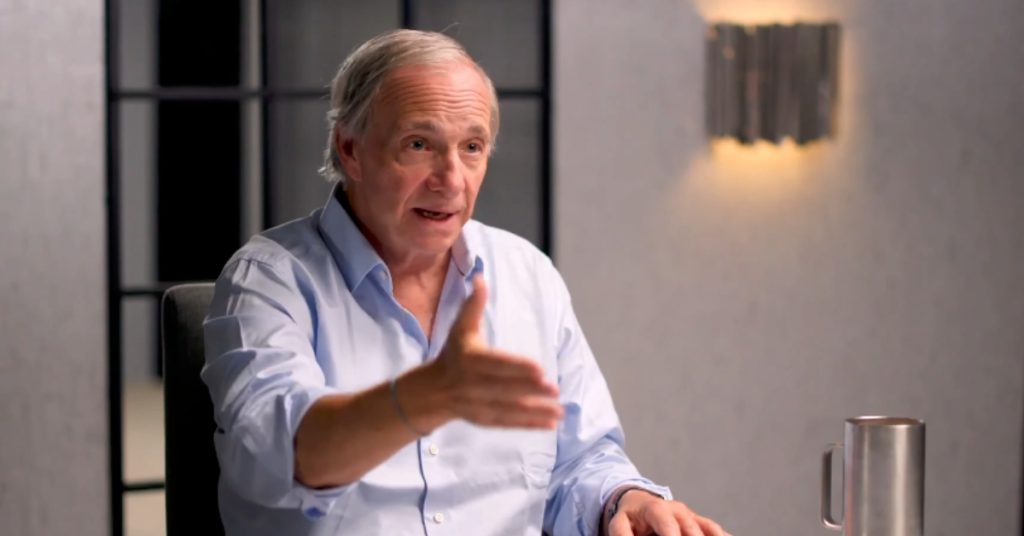
Investor Ray Dalio shares his thoughts on US, UK, China, and the new global world order Bridgewater Associates founder Ray Dalio has studied the rise and fall of empires in the last 500 years, and he’s delivered his assessment of the future of the United States as a global superpower. “These evolutions always take place, […]

